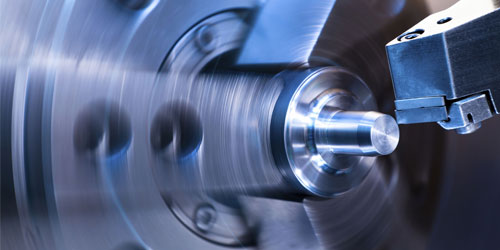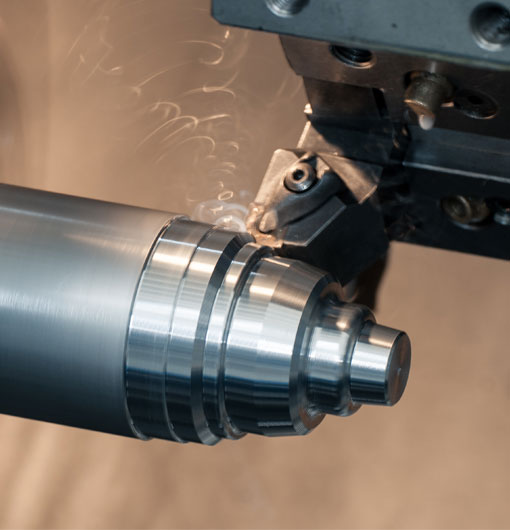The world of Computer Numerical Control (CNC) is vast and intricate, and one area that holds particular interest for many is CNC Turning. This process, where a cutting tool is applied to an object that is rotating to remove material and shape it, has a variety of applications in numerous industries. This article delves into the essential setting procedures associated with CNC Turning, providing a comprehensive guide to assist you in operating this fascinating process.
Understanding the Basics
Before diving in, it*s important to grasp the basics. CNC Turning involves a workpiece being held in a chuck and rotated, while a cutting tool travels along two axes of motion to produce precise dimensions. Part of setting up a CNC Turning procedure includes programming, installing and adjusting the necessary equipment. This process requires careful attention to detail and a solid understanding of both the machine and material involved.
Preparing for the Turn
One of the first steps to the CNC Turning setting procedure is the preparation phase. This part of the process is all about gathering the right tools and materials you need, as well as understanding the design of the workpiece. Remember, safety should always come first, so never compromise on wearing the right protective gear and following strict safety procedures.
Tool Selection and Installation
The second step involves selecting and installing the cutting tools. These tools vary based on the workpiece and desired outcomes. It*s crucial to choose the right tool for the job and ensure it is installed properly on the CNC machine. Inappropriate tools can lead to damaged equipment or inferior finished products.
Setting the Zero Point
The next phase involves defining the origin or the zero points of the workpiece. This serves as the reference point for all the calculations and coordinate systems that the CNC machine will use during the Turning process. Typically, the zero point is set to the end or edge of the workpiece.
Programming the CNC Machine
Perhaps the most important part of the setting procedure is programming the CNC machine with the instructions it needs to carry out the job. This is typically done using G-code, a complex programming language specifically designed for CNC operations.
Trial Runs
Before commencing the full-scale job, it*s common practice to conduct trial runs. This allows you to identify any potential issues or errors in the program, and fix them before wasting materials or damaging your tools.
Final Checks and Start
Once everything looks good, and you*re satisfied with your test run, the final check phase begins. You want to make sure everything is in order - that the tools are still secure, that the program is correct, and that all safety procedures are still being followed. Then, and only then, can you commence the actual CNC Turning.
Troubleshooting and Adjustments
Even with perfect planning and preparation, problems sometimes arise midway through the Turning operation. Part of the setting procedure involves constantly monitoring the operation, and being ready and willing to pause the program and make necessary adjustments as they arise.
Care and Maintenance
Finally, the machine needs regular maintenance and care to keep it running smoothly. This includes cleaning after each operation, checking regularly for wear and tear, and replacing worn tools and parts promptly.
So, there you have it, a step-by-step guide to the world of CNC Turning setting procedures. While this guide covers the basics, each machine and job comes with its unique challenges. With diligence, attentiveness, and a willingness to learn, everyone from beginners to experienced machinists can master this procedure and reap the rewards of this versatile and powerful technology.
cnc turning setting procedure













